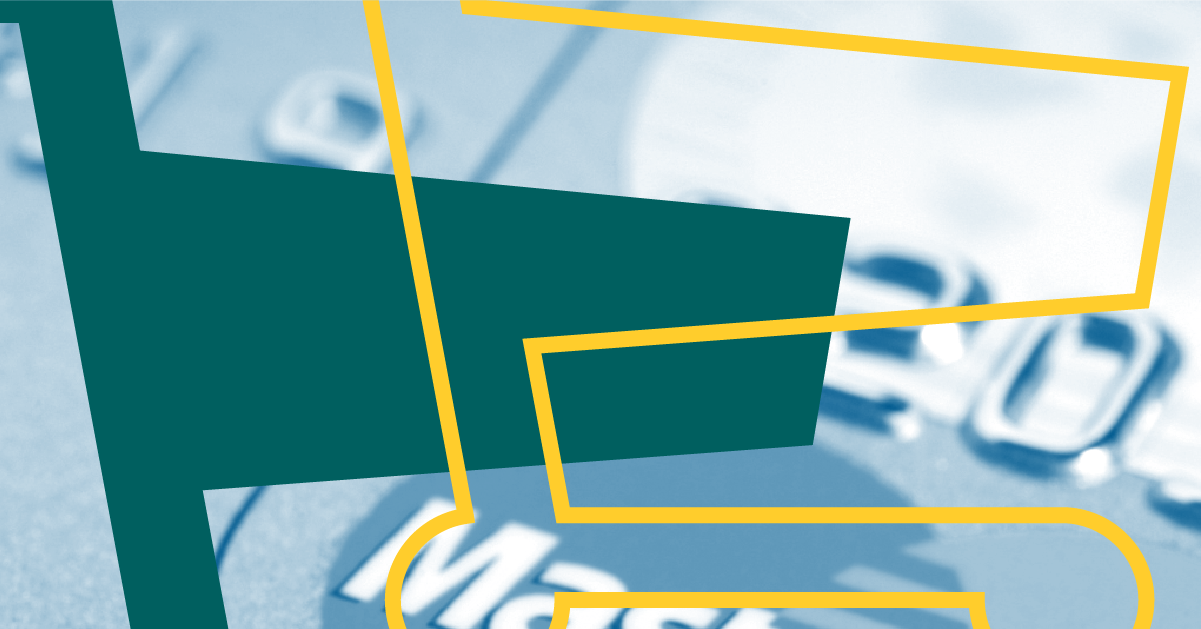Undervalued by 30%, This Wide-Moat Dividend Stock Is a Buy
It’s also among the best value stocks for the long term.

Campbell Soup CPB shares are struggling in 2023 as increasing competition, cost pressures, and weakening consumer spending weigh on near-term sales and profits. Yet we’re bullish on this wide-moat dividend stock for the long term at today’s stock price—and we expect the company to increase its dividend at a mid-single-digit rate annually over the next decade. In fact, Campbell is on Morningstar’s list of the 10 best value stocks to buy for the long term.
We think Campbell Soup’s strategic focus has set the company on a sound course, leveraging technology, data insights, and artificial intelligence to bring consumer-valued products to the shelf in a timely fashion while also reducing complexity, investing in automation, and optimizing its supply chain and manufacturing network. However, macro and competitive pressures persist. Management expects costs to increase at a low-teens rate this year, on top of an 11% jump in fiscal 2022. To dull the hit to profits, Campbell has been increasing prices, extracting inefficiencies, and capping discretionary spending. Still, consumers are under mounting strains, and competition is increasing. Management expects stepped-up promotional spending through the remainder of the year will thwart trade-down, and we don’t expect brand spending will contract longer term.
Key Morningstar Metrics for Campbell Soup
- Fair Value Estimate: $61
- Star Rating: 4 Stars
- Economic Moat Rating: Wide
- Uncertainty Rating: Medium
Economic Moat Rating
In our view, Campbell has a wide economic moat resulting from brand intangible assets and a cost advantage. As a leading packaged food manufacturer—it controls nearly 50% of the U.S. soup aisle, according to Euromonitor—Campbell is a valued partner for retailers, in our opinion, supporting its intangible asset moat source. The resources Campbell is able to allocate to research and development as well as marketing enhance the stickiness of its retailer relationships. We also believe Campbell possesses a cost edge resulting from its economies of scale. With its broad domestic manufacturing and distribution network, Campbell can operate with lower unit and distribution costs, as well as greater supply chain efficiency and an enhanced ability to leverage brand spending, than smaller peers can. We think that as a result, Campbell maintains the ability to replicate competitive products and ultimately offer this fare to retailers at a lower cost.
Read more about Campbell Soup’s moat rating.
Fair Value Estimate for Campbell Soup Stock
Our fair value estimate implies fiscal 2024 price/earnings of 20 times and enterprise value/EBITDA of 13 times. We expect low-single-digit annual sales growth and high-single-digit adjusted average earnings per share growth over the next decade (2023-32). The company aims to extract $1 billion in costs through fiscal 2025, but we think broad-based cost inflation will act as a near-term offset. Over the long term, we expect Campbell will direct a portion of these savings to brand spending. We forecast marketing will amount to around 4% of sales on average over the next 10 years and research and development will be approximately 1% of sales, which roughly corresponds with historical levels. This results in an operating margin that tops 17% by the end of our 10-year explicit forecast, generally in line with the prior 10-year average.
Read more about Campbell Soup’s fair value estimate.
Risk and Uncertainty
As the leading global producer of soup—a highly profitable segment in packaged food—Campbell faces intense competitive pressure from peers, private labels, and niche natural and organic offerings. Rapidly evolving consumer trends have proved challenging for Campbell, and the company has been losing out to more nimble startups that have proved more agile in adapting their mix. Also, volatile input costs can weigh on profits, and raising prices to offset these pressures could constrain volume. If the company resumes acquisitions or partnerships but pays an excessive premium or stumbles in integration, these deals could be less beneficial.
Read more about Campbell Soup’s risk and uncertainty.
Campbell Bulls Say
- Removing excess costs should afford Campbell the fuel to reinvest in its brands, of which nearly a dozen generate more than $100 million in sales each year.
- Campbell’s innovation focus is attracting new consumers to the aisle and its product mix.
- About half of Campbell’s sales result from the faster-growing on-trend snack aisle. This stands to offset more muted long-term prospects for the mature soup category.
Campbell Bears Say
- Increased labor, logistics, packaging, and raw material costs could stifle Campbell’s ability to drive much in the way of margin gains over the near term.
- The added costs associated with improving the health profile of the company’s product mix could result in margin erosion.
- As lower-priced private-label fare has stepped up promotions in the U.S. soup aisle, Campbell could be challenged to raise prices further and maintain volume.
The author or authors do not own shares in any securities mentioned in this article. Find out about Morningstar’s editorial policies.

/s3.amazonaws.com/arc-authors/morningstar/c612f59b-89e0-422a-8f71-3eb1300d1a2c.jpg)
/cloudfront-us-east-1.images.arcpublishing.com/morningstar/RNODFET5RVBMBKRZTQFUBVXUEU.jpg)
/cloudfront-us-east-1.images.arcpublishing.com/morningstar/LJHOT24AYJCHBNGUQ67KUYGHEE.jpg)
/cloudfront-us-east-1.images.arcpublishing.com/morningstar/V33GR4AWKNF5XACS3HZ356QWCM.jpg)
:quality(80)/s3.amazonaws.com/arc-authors/morningstar/c612f59b-89e0-422a-8f71-3eb1300d1a2c.jpg)